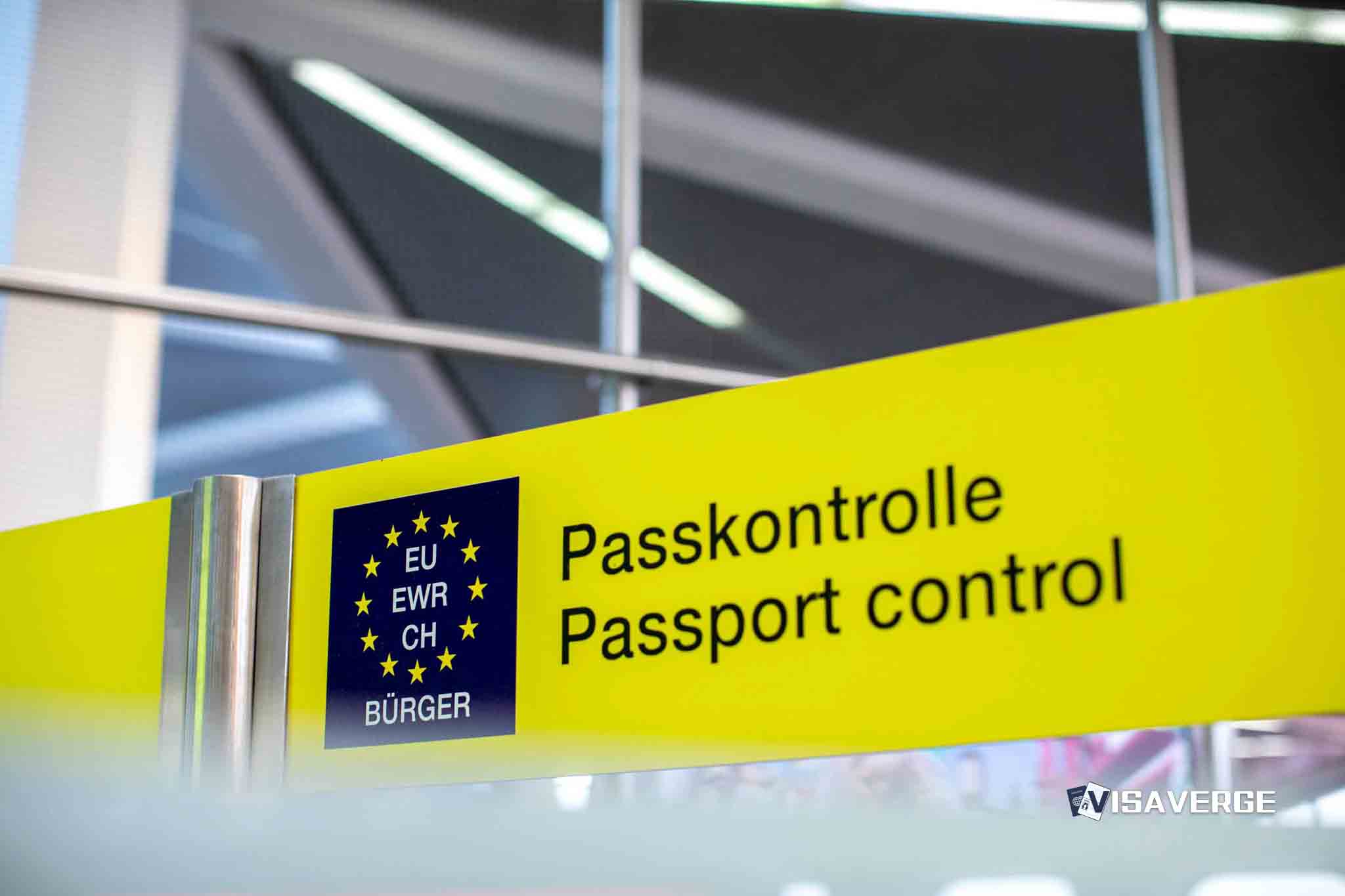Understanding the Concept of Sanctuary in Immigration
“Sanctuary” in immigration terms is a modern extension of an age-old concept where the wrongfully accused sought refuge in sanctuary temples and cities. This tradition continues today, with faith groups offering sanctuary as a form of immigrant support against unjust laws and policies. The New Sanctuary Movement, which began taking shape in major U.S. cities in 2007, is a response to increased deportations that often tear apart families. By providing refuge for immigrants facing deportation, faith groups aim to keep these families together.
U.S. Immigration and Customs Enforcement (ICE), integrated within the Department of Homeland Security (DHS), carries out raids that often target undocumented immigrants. ICE identifies some areas as “sensitive locations”, such as churches, schools, and hospitals, where enforcement actions are generally not conducted. Several college campuses have also established safe spaces for undocumented students. Sanctuary cities and counties, however, go further by enacting policies that limit their cooperation with federal immigration authorities, providing a measure of protection for undocumented immigrants deemed to be low-threat.
How Sanctuary Policies Support Immigrant Communities
When local law enforcement encounters an undocumented immigrant, they cannot detain the individual without reason; there must be suspicion of a crime. The actions taken post-arrest can differ based on whether it occurs in a sanctuary or non-sanctuary area:
In Non-Sanctuary Cities:
- Law enforcement agencies notify ICE with a detainer request and may temporarily hold the immigrant until ICE arrives.
- However, they cannot legally extend detention beyond the normal release time to wait for ICE.
In Sanctuary Cities:
- Local authorities will release an individual after the resolution of charges, payment of bail, or completion of jail time without necessarily involving ICE.
It’s important to note that irrespective of sanctuary policies, any person who commits a serious crime can be detained by law enforcement, and federal immigration authorities can intervene if the individual is a public safety threat.
Sanctuary laws themselves are legal. Attempts to undermine these protections, such as President Donald Trump’s executive order to defund sanctuary cities in January 2017, encountered legal obstacles. Although local police do not interfere with the core concept of sanctuary, ICE officers with the proper warrants retain the power to arrest undocumented immigrants at any location.
While there is legal risk involved in harboring an undocumented immigrant, as stipulated by the Immigration and Nationality Act (INA), to date, no congregation has been prosecuted for providing sanctuary. The goal of sanctuary providers is often to foster safer communities, building trust with immigrant populations and bridging the gap between these communities and federal officials.
“If you enter sanctuary, you’ll have a chance for relief from deportation. ICE might exercise prosecutorial discretion if you’re not a high deportation priority,” reflecting ICE’s discretion to prioritize cases.
To locate a sanctuary city, county, or state, resources like a map from the Center for Immigration Studies can be useful.
DACA: Another Avenue for Protection
For individuals looking for additional safeguards from deportation, Deferred Action for Childhood Arrivals (DACA), offers renewable deportation protection for eligible Dreamers. It’s notable that eligibility for DACA might still be possible even with a criminal record.
Seeking Sanctuary and Immigrant Support Resources
There are several channels through which immigrants can seek support and sanctuary:
- Faith-Based Organizations: They provide direct sanctuary and assistance.
- Non-Profits and Advocacy Groups: They offer legal aid and community support.
- Legal Counsel: Immigration lawyers can guide through legal avenues for protection.
- Educational Institutions: Some colleges and universities offer support for undocumented students.
- Local Government Programs: In sanctuary cities, these programs are designed to assist with immigrant integration and protection.
For those seeking to understand their rights or find sanctuary locations, visiting official immigration websites, like United States Citizenship and Immigration Services (USCIS) at uscis.gov, or non-profit organizations such as the American Immigration Council at americanimmigrationcouncil.org, can offer guidance and up-to-date information.
Finding sanctuary and navigating the complex web of immigration policies requires resilience and knowledge. With the humanitarian principles at the heart of the sanctuary movement, there is a network of support ready to help immigrant communities face these challenges. It is through these collective efforts that the spirit of sanctuary continues to thrive, offering a beacon of hope for those in search of safety and stability.
So there you have it, my tech-savvy friends! Understanding the concept of sanctuary in immigration is truly fascinating. From ancient temples to modern-day cities, the tradition of offering refuge to the wrongfully accused lives on. If you want to dive deeper into this intriguing topic or explore other immigration-related content, be sure to check out visaverge.com. Go ahead, satisfy your curiosity and become an immigration aficionado – you won’t regret it!
This Article in a Nutshell:
Understanding sanctuary in immigration: It dates back to ancient times when the accused could seek refuge in temples. Today, it’s a response to increased deportations, with faith groups offering sanctuary for immigrant families. Sanctuary cities limit cooperation with immigration authorities, protecting low-threat undocumented immigrants. Legal risks remain, but no congregation has been prosecuted for providing sanctuary. DACA provides an additional avenue of protection. Seek support from faith-based organizations, non-profits, legal counsel, educational institutions, and local government programs.














